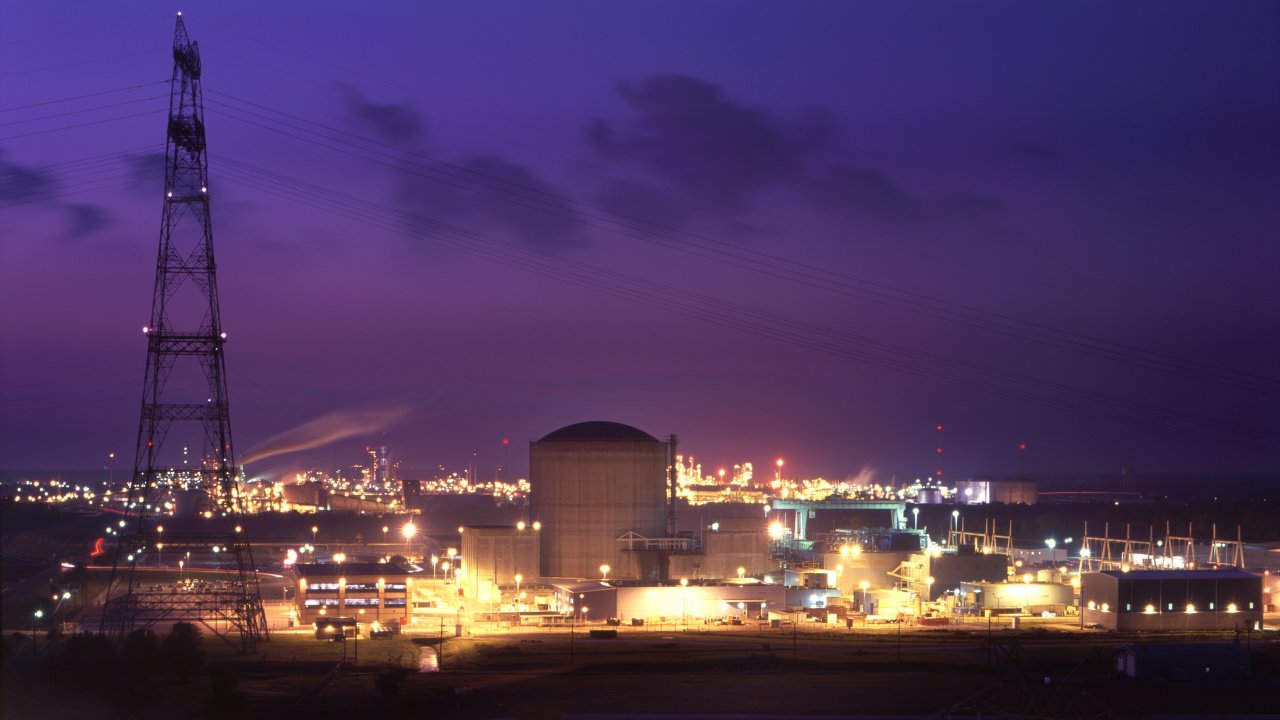
In 2025, Waterford 3 Steam Electric Station in Killona, La., will celebrate 40 years of producing safe, clean and reliable electricity for customers in Louisiana. Not that many years ago, Waterford 3 built upon the plant's legacy through a steam generator replacement project.
A hallmark of Entergy and Waterford 3 is strengthening our communities. The employees of Waterford 3 build up their local communities through a variety of outreach efforts supporting education, the arts, environmental awareness, workforce development and helping those in need by partnering with the United Way of St. Charles Parish. Waterford 3 is an industry-recognized leader in nuclear power and the staff stands ready to power Louisiana into the future.
Waterford 3
| Location: | Killona, La. |
| Owner: | Entergy Louisiana, LLC |
| Maximum Dependable Capacity: | 1,152 MW |
| Reactor Type: | Pressurized Water Reactor |
| Reactor Manufacturer: | Combustion Engineering |
| Turbine Generator Manufacturer: | Westinghouse |
| Architect/Engineer: | Ebasco |
| Commercial Operation Date: | Sept. 24, 1985 |
| License Expiration Date: | Dec. 18, 2044 |
| Cooling Water Source: | Once through system with the Mississippi River as the water source |
| Number of Employees: | Approximately 745 |
| Parishes included in Emergency Planning Zone: | St. Charles and St. John |
Environmental impact
Generating electricity with nuclear energy prevents the emission of pollutants like sulfur dioxide (SO2) and nitrogen oxides (NOx) and greenhouse gases like carbon dioxide (CO2) associated with burning fossil fuels.
According to 2019 data, environmental emissions avoided due to nuclear power plant operation in Louisiana included 6,594 short tons of sulfur dioxide, 8,311 short tons of nitrogen oxide and 8.3 million metric tons of CO2.*
Emissions of SO2 lead to the formation of acid rain. NOx is a key precursor of both ground-level ozone and smog. Greenhouse gases like CO2 contribute to global warming.
* Source: Emissions avoided by nuclear power are calculated using regional fossil fuel emissions rates from the U.S. Environmental Protection Agency and plant generation data from the U.S. Energy Information Administration.
